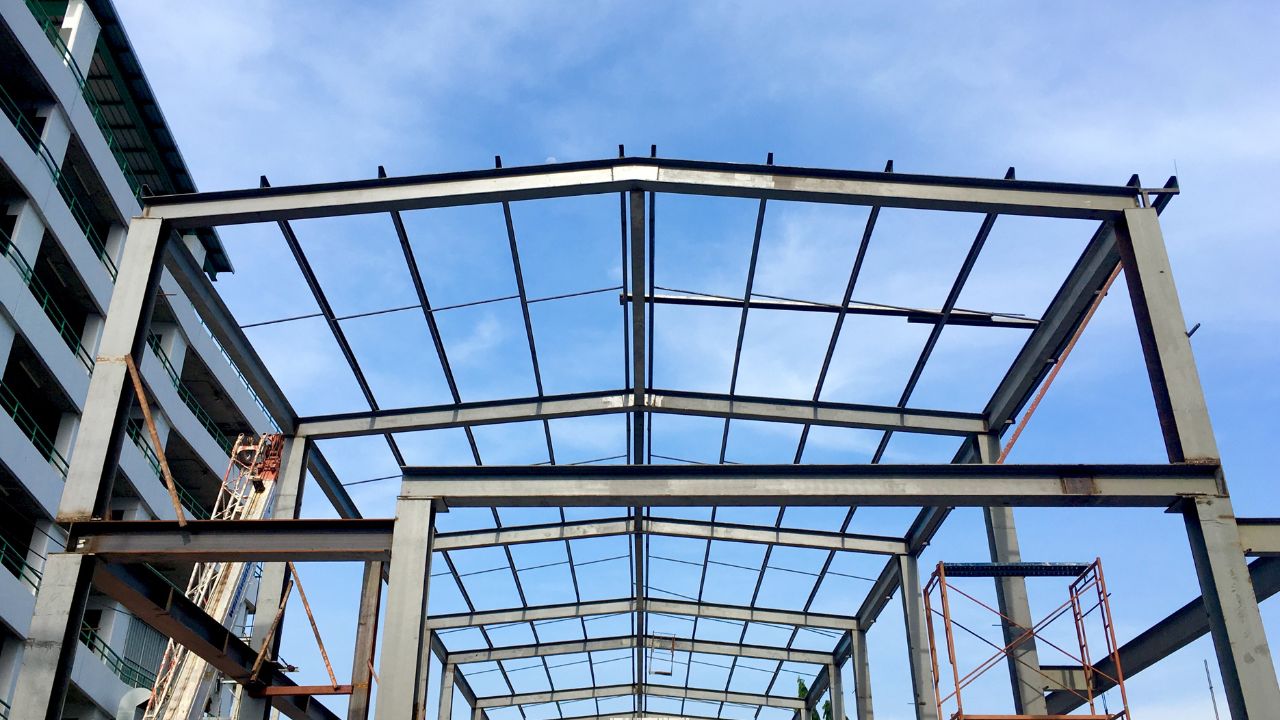The construction landscape has been significantly redefined by the burgeoning popularity of Metal Building, marking a shift towards materials that offer both enduring strength and environmental consideration. As a cornerstone in building design, the adoption of steel as a primary resource has carved out an impressive niche thanks to its harmonious marriage of visual appeal and formidable stability.
This article aims to shed light on the basic tenets of steel construction, explore its multifaceted benefits, and highlight the diverse ways in which it has become an integral force within the construction sector.
The Core Principles of Steel Construction
At the core of metal buildings is the steel framing system comprising vertical columns and horizontal beams. These elements are expertly designed to create a skeleton that forms the basis of the structure. Steel's inherent strength permits large spans of space and carries the construction loads to the foundation. These frames serve as the mounting point for a plethora of façade options, enabling customization according to functional needs and visual preferences.
The three principal types of steel construction are distinguished by their intended utilization and structural demands.
- Light-gauge steel frameworks are crafted from thin steel sheets tailored to smaller-scale or residential buildings.
- Conventional steel uses bulkier, hot-rolled steel products that account for an extensive share of commercial and industrial infrastructures.
- Lastly, engineered steel structures are tailored solutions designed for specialized applications, often involving intricate architecture or heavy loads.
Features That Set Steel Apart
- Sustainability forms the crux of steel's advantageous features. As a highly recyclable resource, steel offers multiple life cycles with minimal degradation, thereby supporting eco-friendly construction practices.
- Thermal efficiency is another remarkable attribute, with metal buildings benefiting from advanced insulation methods that foster energy conservation and reduce operational costs.
- The architectural versatility of steel is extensive. From external cladding choices like traditional bricks to sleek glass panels, steel enables a myriad of designs that cater to both functional and stylistic requirements.
- Its flexible nature also allows for renovations, extensions, and refurbishments, providing future-proof solutions across various sectors.
The Advantages of opting for Metal building
Durability and resilience are among steel's primary merits, bestowing a sense of reliability for decades to come. Unlike wood or concrete, steel is impervious to rot, pests, and fire, which spells less maintenance and repairs over the lifetime of a building. These cost-effective traits render steel an attractive option for budget-conscious projects without compromising structural quality.
As a material aligned with the demands of rapid construction schedules, steel's uniformity and factory-grade precision enable accelerated assembly with meticulous quality control. The resulting shortened construction times translate to reduced labor expense and on-site work, offering a financial edge.
A Spectrum of Applications
Metal buildings, in the guise of steel construction, have a vast array of applications, illustrating their value across diverse domains.
- Industrial warehouses, retail centers, airplane hangars, and office complexes are only a smattering of infrastructure types that frequently employ steel frames.
- The aerospace industry favors metal buildings for their expansive clear-span capabilities, which are essential for housing aircraft.
- Educational institutions and recreational facilities also benefit from steel's dependable and adaptive structures, providing safe environments conducive to various activities.
- The residential sector has also embraced steel construction, with custom-designed homes enjoying the same resilience and environmental performance as their commercial counterparts.
- Similarly, agricultural uses such as barns and storage structures take advantage of steel's durability to withstand environmental stresses.
Embracing the Steel Standard- The Future Ahead
As the construction industry evolves, the robust characteristics and ecological benefits of steel will continue to rise in prominence. Architects and engineers leverage steel for its ability to support cutting-edge design while maintaining environmental stewardship. Metal buildings cater to a wide range of uses, constantly expanding across commercial and residential arenas.
Key Takeaway
As sustainable construction practices gain traction, steel structures lead the way due to their recyclability, energy efficiency, and durability. By grasping the basics of steel construction, we recognize its vital role in both current and future projects. With unmatched dependability and versatility, steel exemplifies modern innovation in building design, standing as a testament to ongoing architectural ingenuity.


